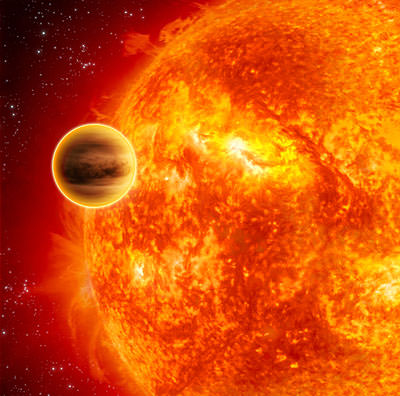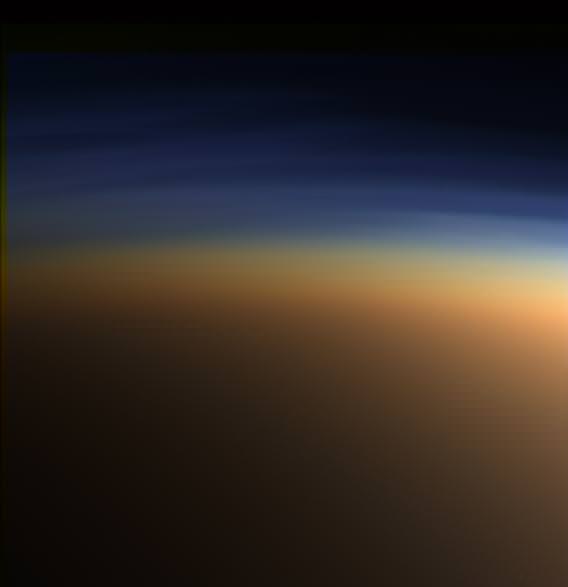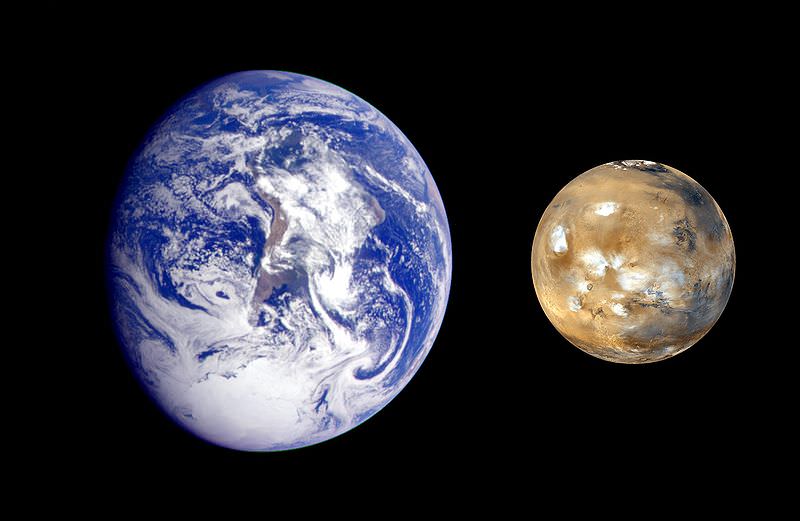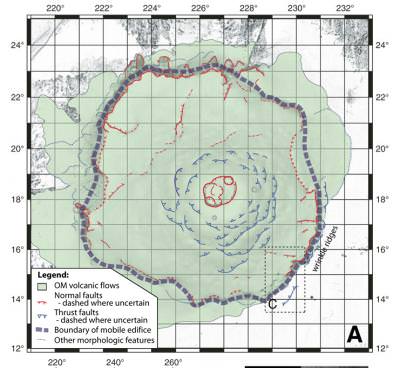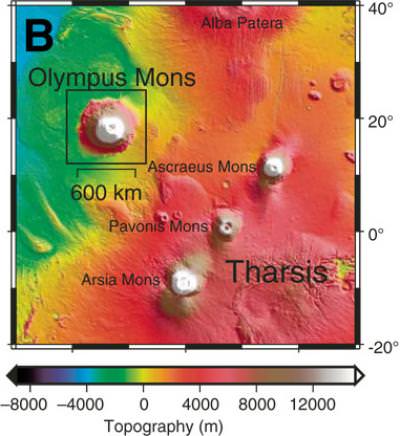You might not realize it, but you’re standing on a thin shell of solid rock encasing a vast quantity of molten rock. This is the Earth’s crust, and it’s the part of the planet that has cooled down enough to solidify. But just a few kilometers below your feet, it’s molten rock, extending for thousands of kilometers down to the planet’s superheated iron core.
Here on solid ground, on the continental shelves, the crust of the Earth is about 30 km thick. In the mid-ocean, the thickness of the crust can be as little as 5 km. The entire crust occupies just 1% of the Earth’s volume.
The crust is composed of a variety of igneous, metamorphic and sedimentary rocks gathered together into tectonic plates. These plates float above the Earth’s mantle, and it’s believed that convection of rock in the mantle causes the plates to slide around. On average, rocks in the crust last about 2 billion years before they slide underneath another plate and are returned to the Earth’s mantle. New rocks are formed in the mid-ocean regions where new material wells out of the Earth in between spreading plates. In comparison, rocks in the oceans are only 200 million years old.
The temperature of the crust increases as you go deeper into the Earth. It starts out cool, but can get up to 400 degrees C at the boundary between the crust and the mantle.
Scientists really know very little about internal structure of the Earth. The crust is the only part that we have any information about. And we’ve barely explored it at all. The deepest hole ever dug was the Russian Kola Superdeep Borehole. Started in 1970, the hole eventually reached a depth of 12.3 km. They eventually had to quit because temperatures in the hole became too hot to go any further. Other plans are in the works to bore into the crust in the ocean, where the thickness is much less.
We have written many articles about the Earth for Universe Today. Here’s an article about how the Earth’s core rotates faster than the crust, and here’s an article about how potassium could be heating up the Earth’s interior.
Want more resources on the Earth? Here’s a link to NASA’s Human Spaceflight page, and here’s NASA’s Visible Earth.
We have also recorded an episode of Astronomy Cast about Earth, as part of our tour through the Solar System – Episode 51: Earth.
Sources:
http://earthquake.usgs.gov/research/structure/crust/index.php
http://en.wikipedia.org/wiki/Crust_%28geology%29


